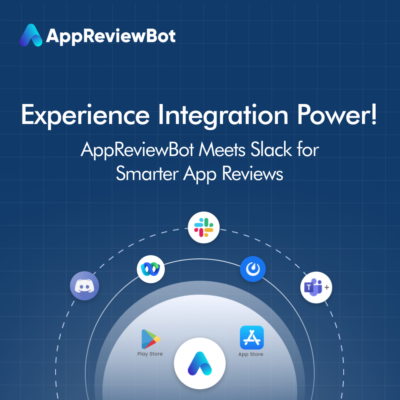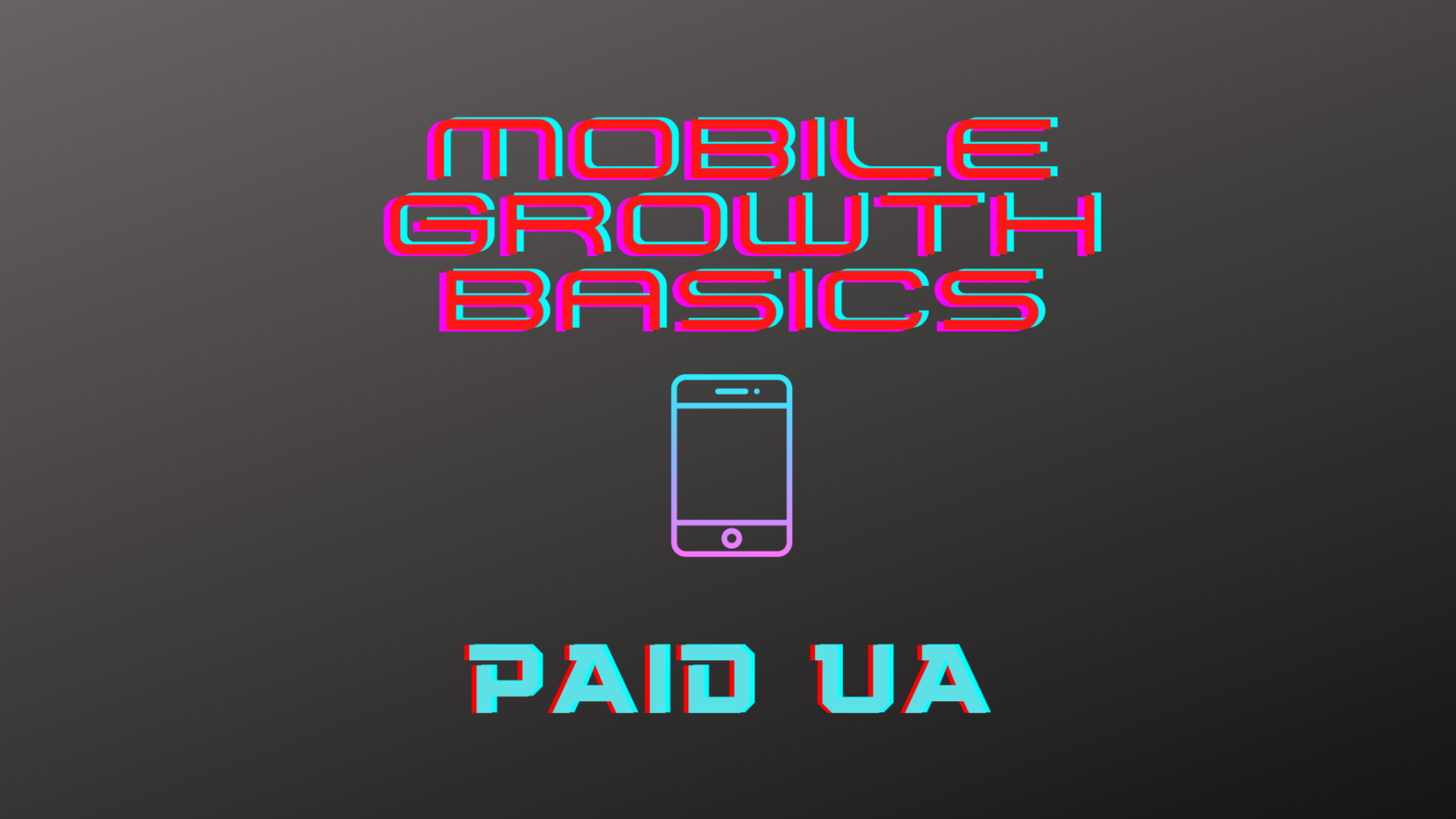Paid user acquisition is the partner to organic UA and another method of obtaining new app users. Falling under the general umbrella of mobile user acquisition, paid UA works in tandem with organic marketing efforts and app store optimization (ASO) to maximize app installs. With close to five billion apps available for download across the Apple App Store and Google Play Store, marketers must utilize all three to make their app stand out.
Paid UA vs. organic UA
Cost is the biggest difference between paid and organic UA. Costs incurred from organic UA typically fall under overhead, covering the salaries of marketing teams. Paid UA, on the other hand, often requires up-front capital. The Drum recommends budgeting at least $130,000 for ad testing and global scaling.
Paid and organic UA are similar, though, in their need for a strategic approach to be successful. Like when planning an organic campaign, marketers need to pinpoint a target audience and relevant benchmarks to track prior to spending any money. Analyzing a target audience’s online behavior and strategizing accordingly will optimize campaigns and result in a higher ROAS.
Strategies to optimize paid UA
Employ an MMP
Mobile measurement partners (MMPs) accurately collect, track, and organize app attribution data to evaluate an ad campaign’s effectiveness. Without this information, marketers cannot make informed purchases on acquisition. Additionally, MMPs are better equipped to navigate changes to mobile attribution like SKAN.
Invest in Apple Search Ads
The App Store’s search feature was responsible for 70% of its non-game app downloads in 2020, making Apple Search Ads non-negotiable in paid UA strategy. The basic version of the tool is easy to set up and requires minimal management while the advanced version offers keyword refinement and targeting options with no budget limit. Marketers pay only CPI under the basic plan and CPT plus an optional CPA with the advanced.
Explore a universal app campaign
Google Ads makes campaign planning easy by distributing ads across several internal platforms like YouTube, Google Search, Google Display Network, and Google Play. Marketers can focus on install volume or in-app actions and can set their bid on how much they are willing to pay per user. Google Ads does the heavy lifting from there, showing the ad to the audiences most likely to interact with it.
Prioritize social media ads and influencer marketing
Over 4.70 billion people around the world use social media, so social media advertising and influencer marketing should not be ignored. Paid ads will attract users to a brand’s page, while the brand’s organic content will keep them there.
When engaging in influencer marketing, marketers should be intentional about which creators they work with. A large following doesn’t always equal conversions. Brands should identify content creators within their niche or adjacent to it and shouldn’t ignore micro-influencers. A successful brand partnership exposes a company to a new audience — one that is more likely to download than the general population.
Ultimately, the goal of mobile acquisition is to increase users’ lifetime revenue. To reduce churn rate, marketers and developers should pay attention to reviews, stay on top of software and app store updates, and constantly consider how to improve user experience.
Learn more about paid UA and mobile growth strategies at one of our many Mobile Growth Summit events.





 0
0



